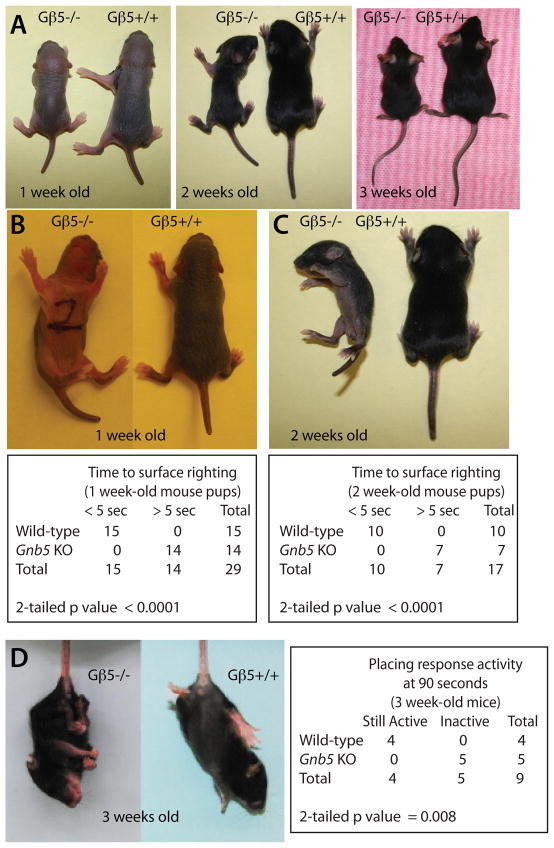Fig 1. Developmental impairment in Gβ5-deficient mice.
(A) Gβ5 homozygous knockout mice, shown here next to their wild-type littermates at the indicated ages, have a runty phenotype as previously described (Chen et al. 2003). Impaired surface righting reflex is evident in Gβ5-deficient, but not wild-type, mice at one week (B) or two weeks (C) of age in photographs taken approximately 30 seconds after placing mice on their backs on a solid surface. (Below) 2 × 2 contingency table showing the progress toward surface righting of wild-type and Gnb5 KO mice assessed after 5 seconds with the number of mice tested of each genotype shown (one-week old mice, n=15 wild-type and n=14 Gnb5 KO, Fisher’s exact test, 2-tailed p value <0.0001; two-week old mice, n=10 wild-type and n=7 Gnb5 KO, Fisher’s exact test, 2-tailed p value <0.0001). (D) Abnormal placing reflex in 3-week old Gβ5-deficient, but not wild-type, mice suspended by their tails near a solid surface. (Right) 2 × 2 contingency table showing placing response activity of wild-type and Gnb5 KO mice assessed at 90 seconds with the number of mice tested of each genotype shown (n=4 wild-type and n=5 Gnb5 KO, Fisher’s exact test, 2-tailed p value = 0.008).

